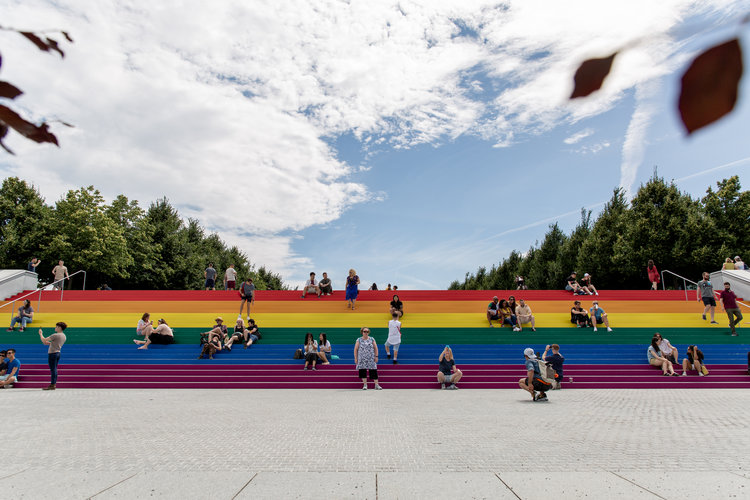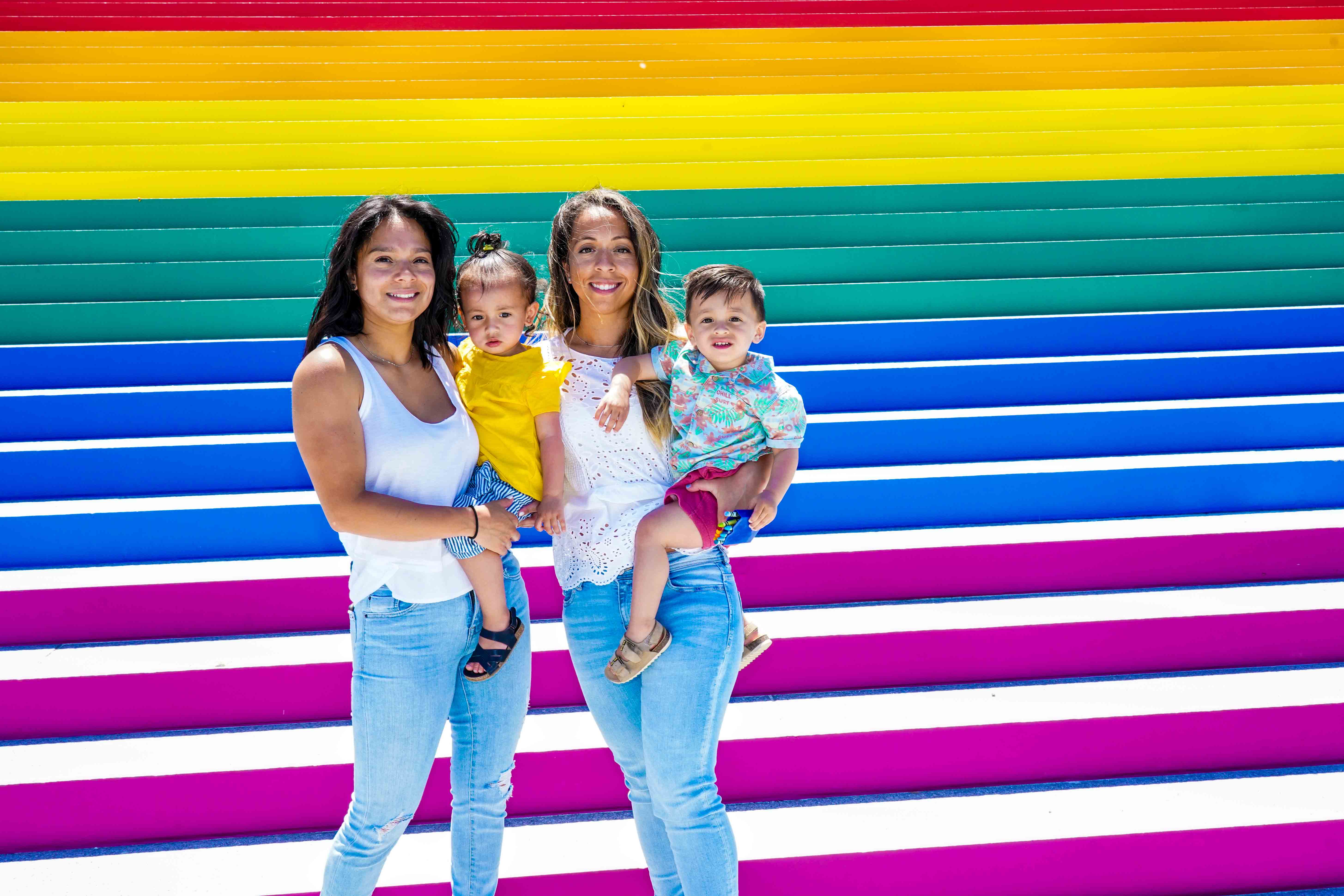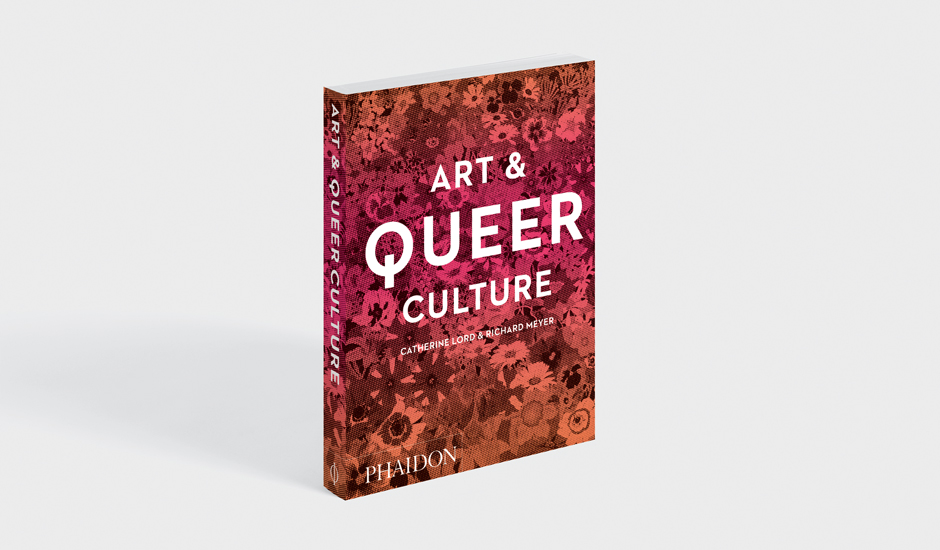
Pride flag adorns the steps of Louis Kahn’s Four Freedoms Park
The New York City park has added a splash of colour to Louis Kahn’s minimal designs in Pride month
When President Theodore Roosevelt delivered his Four Freedoms speech in 1941, following the Pearl Harbour attacks, he outlined a quartet of freedoms he felt everyone on earth should enjoy: the freedom of speech and expression; the freedom of worship; the freedom from want; and the freedom from fear.
This month, in the beautifully minimal Franklin D. Roosevelt Four Freedoms Park on Roosevelt Island in New York’s East River, those universal freedoms are joined by a more colourful tribute to sexual freedom, as the park’s steps are picked out in the six colours of the Rainbow Pride flag. Until 30 June, the six bands of the rainbow motif will adorn the park’s staircase, to mark 50 years since the Stonewall riots.

Of course, the park itself serves a reminder of another key point in American history. Its architect, the American modernist Louis Kahn - best known for California’s Salk Institute - died while working on plans for the park, back in 1974; the plans were found in his attaché case after Kahn passed away.
Around the time those first drafts were being re-examined, the artist and activist Gilbert Baker met Harvey Milk, America’s first openly gay elected official, who would later prompt Baker to come up with a fitting symbol for the burgeoning gay-rights movement.
“For the 1978 San Francisco Gay and Lesbian Parade, Gilbert Baker hand dyes and stitches the first rainbow pride flag,” explains our book, California: Designing Freedom. “The design is inspired by Baker’s admiration for the universality of the rainbow as a ‘natural flag in the sky.”

Decades later, it’s great to see these two pioneers come together for Pride 50. For more on Gilbert’s work, get California: Designing Freedom; for more on Kahn, take a look at Brick; for more on art and queer culture, get Art & Queer Culture.